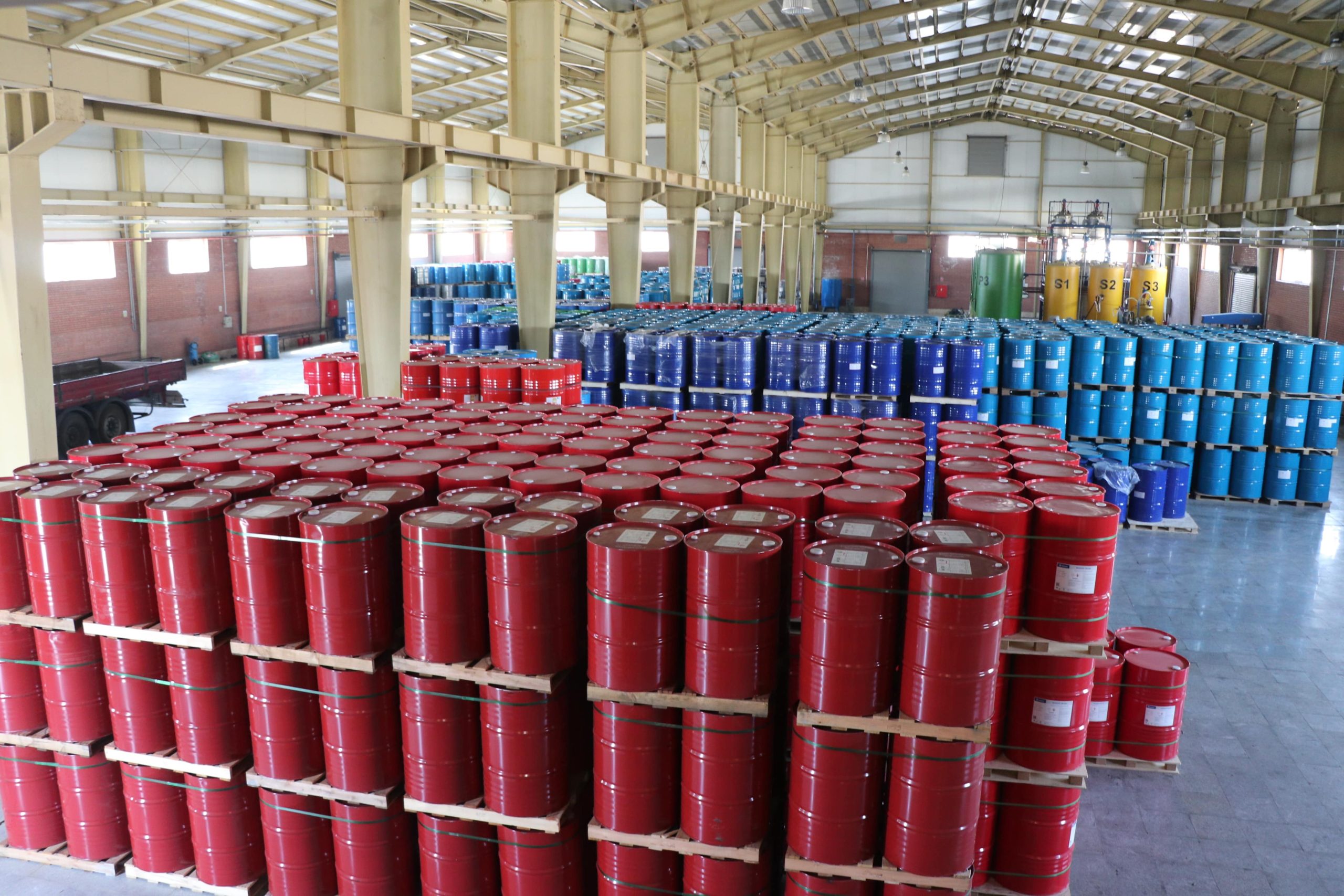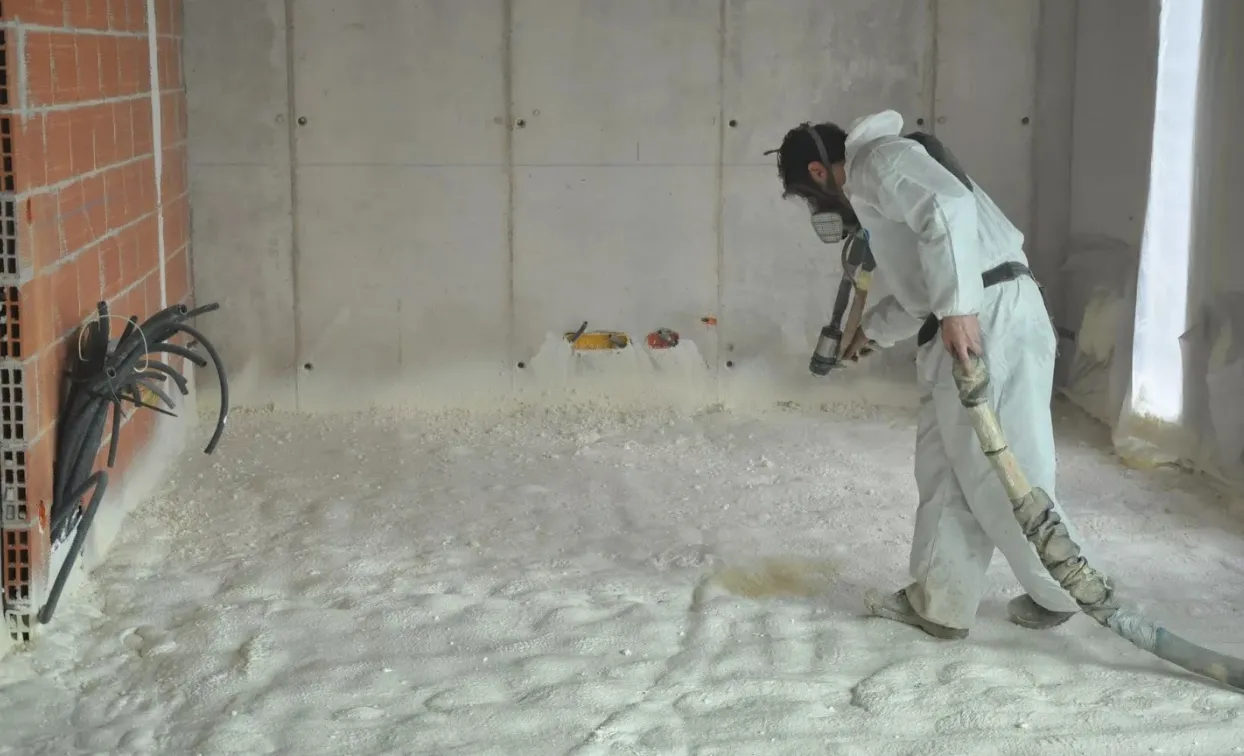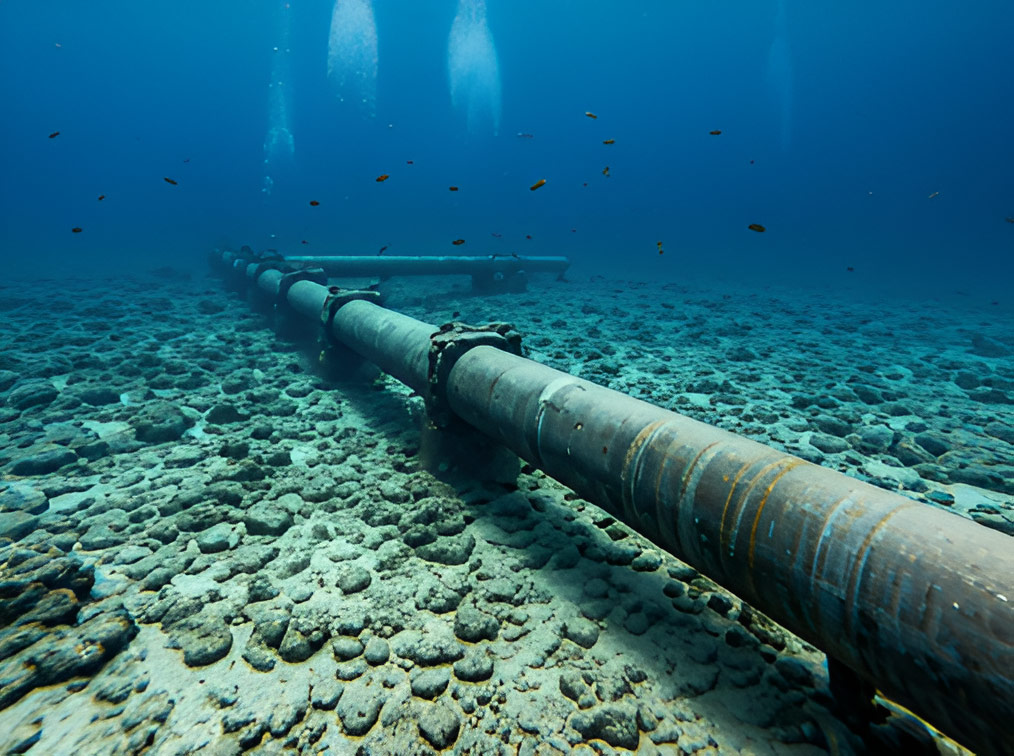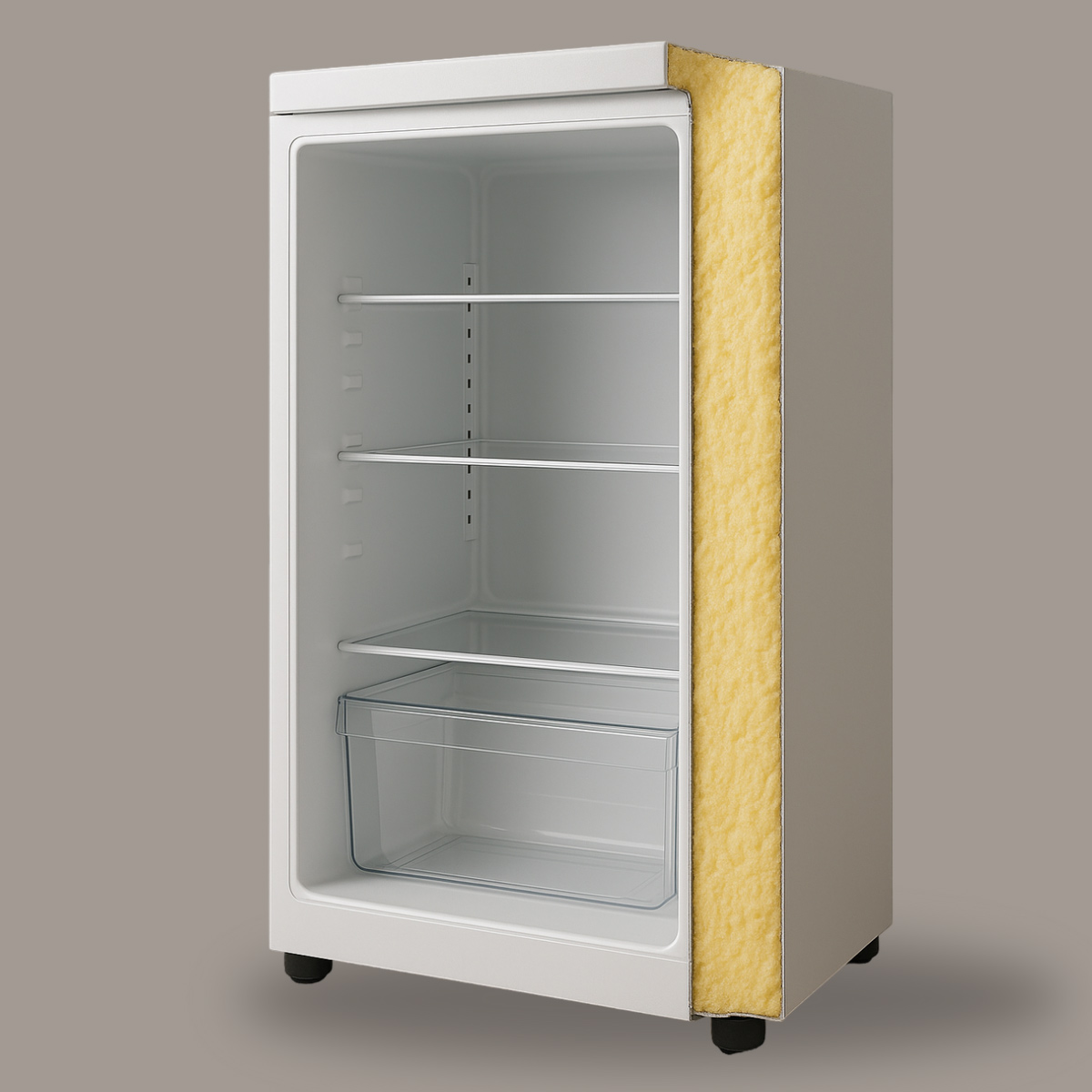Table of contents
Handling polyurethane raw materials (isocyanates and polyols)
Time and temperature are the two primary factors that influence product quality. Storage in a warehouse at a constant temperature of 25°C would be best for most polyurethane raw materials, although this isn’t always practical. In any case, some controls must be in place to prevent materials from experiencing the coldest temperatures of winter or the extreme heat that can occur in a warehouse in the summer. The storage requirements for raw materials differ based on their chemistry and delivery form.
Exposure of polyurethane dispersions to excessively low or high temperatures can significantly influence the performance of these products. The typical recommended storage temperature range for polyurethane dispersions is 5-25°C.
Process control is important in any weather, but for polyurethane foam users, fall and winter are particularly important times to pay attention to chemical temperatures. The changes that occur upon exposure to low temperatures range from an increase in viscosity of the polymer. The polymer with high viscosity cannot be dispersed upon stirring and cannot be transferred upon pumps. Generally speaking, chemicals shouldn’t be stored at temperatures below 10.
If polyurethane raw materials are subjected to elevated temperatures for an extended period of time, performance can be reduced. However, this change it is not as apparent as with cold temperature exposures. The molecular weight of the polymer backbone can see a reduction, which often leads to a drop in initial strength or a decrease in elevated temperature performance.
Isocyanates are products with limited shelf life. Shelf-life refers to the time period that you can store that polymer (PU) without loss of its qualities. Depending upon the isomer and oligomer composition, specific storage temperature and shelf life must be applied.
In isocyanates, if the storage temperature falls below recommended temperature, some crystallization will occur. Polymeric and modified pure MDI products that has been frozen, will exhibit the same dimerization characteristics as pure MDI. Unless proper action is taken to heat or melt the product. Crystallized MDI material can be re-melted at 50 to 70. In other words, crystallized isocyanate can be melted, but dimer cannot be removed by heating.
Polyols are more freeze-sensitive than isocyanates, primarily, the ideal temperature for polyol storage is about 22 to 24. However, it is recommended that:
- Gently rock tanks during warming process to evenly distribute chemical temperature. This can be done with rotating polyol tank.
- If the polyol material exposed to temperatures below -10, laboratory tests should be performed to double check processing parameters; after confirming characteristic parameters it can enter the production line.
- To warm polyol tanks, do not expose tanks or cylinders to open flame or temperatures above 49°C.
- Another way to heat polyol barrels is to use heating elements which can be carried out by setting the temperatures between 60up to 80 .
- During colder months, it is extremely important to remember the temperature sensitivity of polyols; so store your sets in a warm room.
- Rock each tank before loading to prevent any possibility of phase separation.





